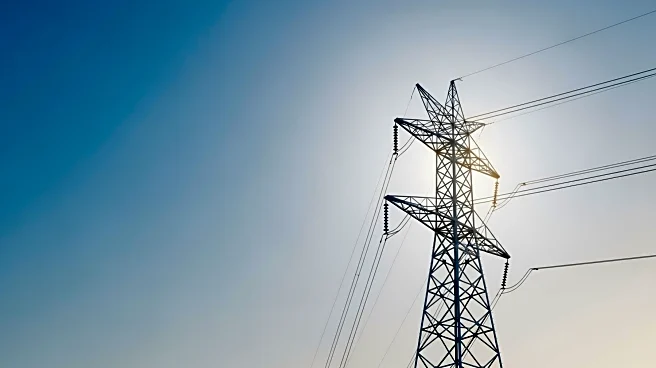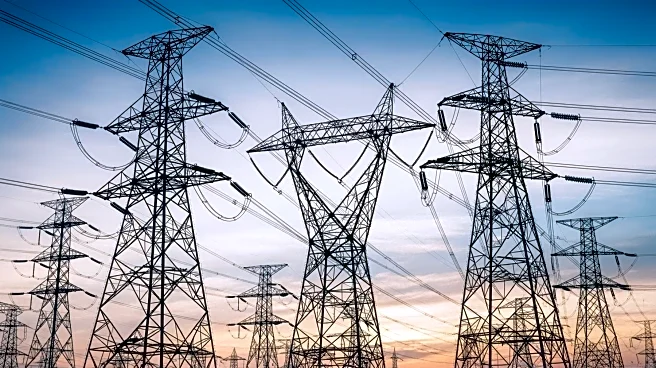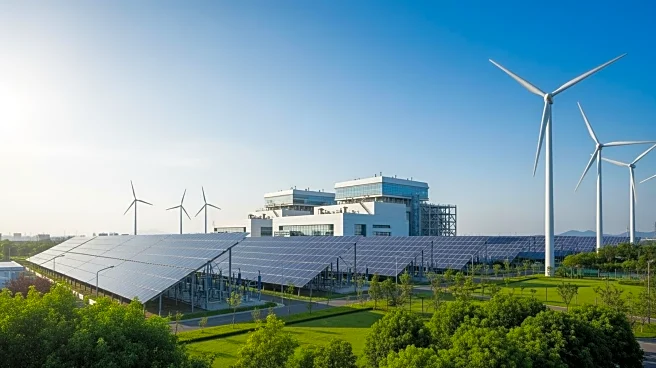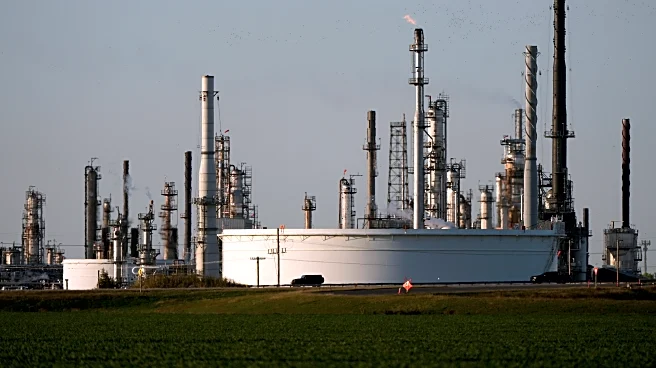What's Happening?
Electricity bills in the United States have been increasing, with New Jersey experiencing a 19% rise over the past year. Contrary to popular belief, the increase is not primarily due to the proliferation
of data centers. A study by Lawrence Berkeley National Laboratory and Brattle Group reveals that the main factors driving up electricity prices are the costs associated with poles, wires, and safeguarding infrastructure against disasters. The study found that states with increased electricity demand, such as North Dakota and Virginia, actually saw a decrease in prices due to the ability to spread fixed infrastructure costs over more megawatt-hours. The costs of maintaining the electrical grid, exacerbated by extreme weather events, are significant contributors to rising prices.
Why It's Important?
The findings challenge the conventional wisdom that increased electricity demand leads to higher prices. This has implications for public policy and energy planning, as it suggests that investments in infrastructure and disaster preparedness are crucial for managing electricity costs. The study highlights the need for utilities to plan effectively for increased demand and to invest in infrastructure upgrades. It also underscores the impact of extreme weather events on electricity prices, particularly in states like California, where wildfire-related costs have significantly contributed to price increases. Understanding these dynamics is essential for policymakers and stakeholders aiming to balance energy demand with cost-effective solutions.
What's Next?
Utilities and policymakers may need to reassess their strategies for managing electricity demand and infrastructure costs. There could be increased focus on upgrading aging transmission lines and investing in disaster-resistant infrastructure. States with renewable portfolio standards might reconsider their approach to integrating clean energy into the grid, as these standards have been associated with higher electricity prices. Additionally, the role of subsidies for rooftop solar in affecting electricity demand and prices may be scrutinized. The study suggests that these patterns might not hold permanently, indicating a need for ongoing analysis and adaptation in energy policy.
Beyond the Headlines
The study reveals deeper implications for the energy sector, particularly the balance between renewable energy integration and infrastructure costs. As utilities face pressure to transition to cleaner energy sources, the financial burden of maintaining and upgrading the grid becomes more pronounced. This could lead to debates over the allocation of costs between consumers and energy providers. The findings also highlight the importance of resilience planning in the face of climate change, as extreme weather events increasingly impact infrastructure costs and electricity prices.












